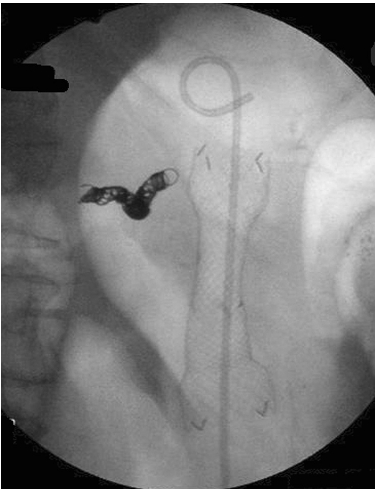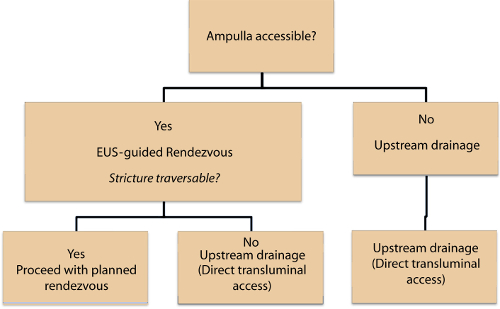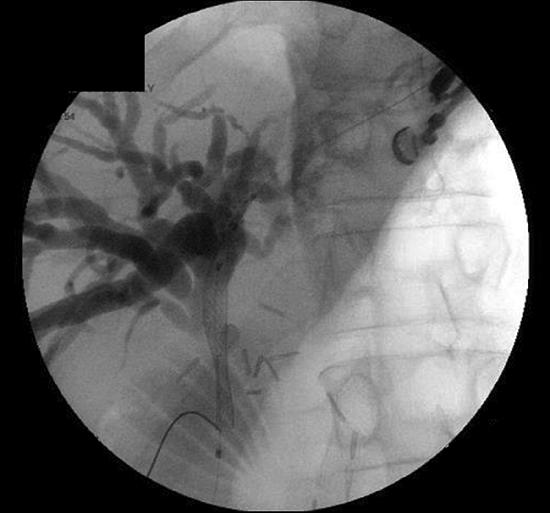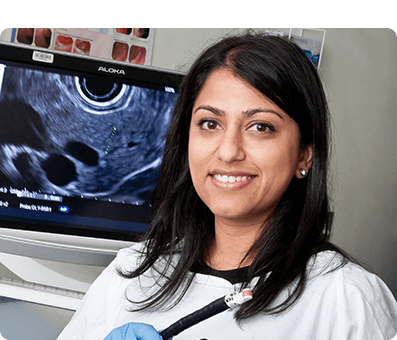Payal Saxena, MD, from the Department of Medicine, Division of Gastroenterology and Hepatology at Johns Hopkins Hospital in Baltimore, Maryland presents this video case titled “Peroral endoscopic myotomy: a 4-step approach to a challenging procedure” from the VideoGIE section
Our video demonstrates the techniques for performing each of the 4 steps of POEM, which are (1) mucosal entry, (2) submucosal tunneling, (3) myotomy and (4) closure of mucosal entry. The commonly used endoscopic submucosal dissection (ESD) knives (triangle tip and hybrid knife) and methods for performing submucosal injection of dyed saline (such as the jet injection technique) are reviewed. A 6-8cm myotomy (4-6cm esophageal and 2-3cm gastric) is adequate for most cases. However, a longer myotomy is needed in patients with spastic esophageal disorders. The optimal length can be determined by the proximal extent of spastic contractions on high resolution manometry.
Both selective inner circular and full-thickness myotomies are commonly performed and have been shown to be equally effective. However, selective inner circular myotomy may ensure a safety margin away from mediastinal and peritoneal structures as well as minimizing extraluminal leakage of carbon dioxide. Maintaining integrity of the mucosal flap and reliable closure of the mucosal entry is paramount to ensuring safety of the procedure and preventing perforation and leakage of esophageal contents into the mediastinal space. Standard hemostatic clips are commonly used. Alternate methods of closure include endoscopic suturing or placement of over-the-scope clips. The latter is particularly helpful when closure fails with standard methods.
POEM is a demanding procedure and can be associated with serious adverse events. Therefore, structured training is mandatory. Initially, the endoscopist should observe an experienced operator and be familiar with the all the equipment used for the procedure. Rigorous training in animal models should be performed. Once the endoscopist can consistently perform procedure without complications in an animal mode, clinical procedures are best performed initially under the supervision of an experienced POEM operator.
POEM is a relatively new procedure however increasing numbers are being performed worldwide. We felt an instructive video on the techniques, challenges and methods for training in POEM has great educational benefit for future POEM operators.
Our video demonstrates the techniques for performing each of the 4 steps of POEM, which are (1) mucosal entry, (2) submucosal tunneling, (3) myotomy and (4) closure of mucosal entry. The commonly used endoscopic submucosal dissection (ESD) knives (triangle tip and hybrid knife) and methods for performing submucosal injection of dyed saline (such as the jet injection technique) are reviewed. A 6-8cm myotomy (4-6cm esophageal and 2-3cm gastric) is adequate for most cases. However, a longer myotomy is needed in patients with spastic esophageal disorders. The optimal length can be determined by the proximal extent of spastic contractions on high resolution manometry.
Both selective inner circular and full-thickness myotomies are commonly performed and have been shown to be equally effective. However, selective inner circular myotomy may ensure a safety margin away from mediastinal and peritoneal structures as well as minimizing extraluminal leakage of carbon dioxide. Maintaining integrity of the mucosal flap and reliable closure of the mucosal entry is paramount to ensuring safety of the procedure and preventing perforation and leakage of esophageal contents into the mediastinal space. Standard hemostatic clips are commonly used. Alternate methods of closure include endoscopic suturing or placement of over-the-scope clips. The latter is particularly helpful when closure fails with standard methods.
POEM is a demanding procedure and can be associated with serious adverse events. Therefore, structured training is mandatory. Initially, the endoscopist should observe an experienced operator and be familiar with the all the equipment used for the procedure. Rigorous training in animal models should be performed. Once the endoscopist can consistently perform procedure without complications in an animal mode, clinical procedures are best performed initially under the supervision of an experienced POEM operator.
POEM is a relatively new procedure however increasing numbers are being performed worldwide. We felt an instructive video on the techniques, challenges and methods for training in POEM has great educational benefit for future POEM operators.




 RSS Feed
RSS Feed
